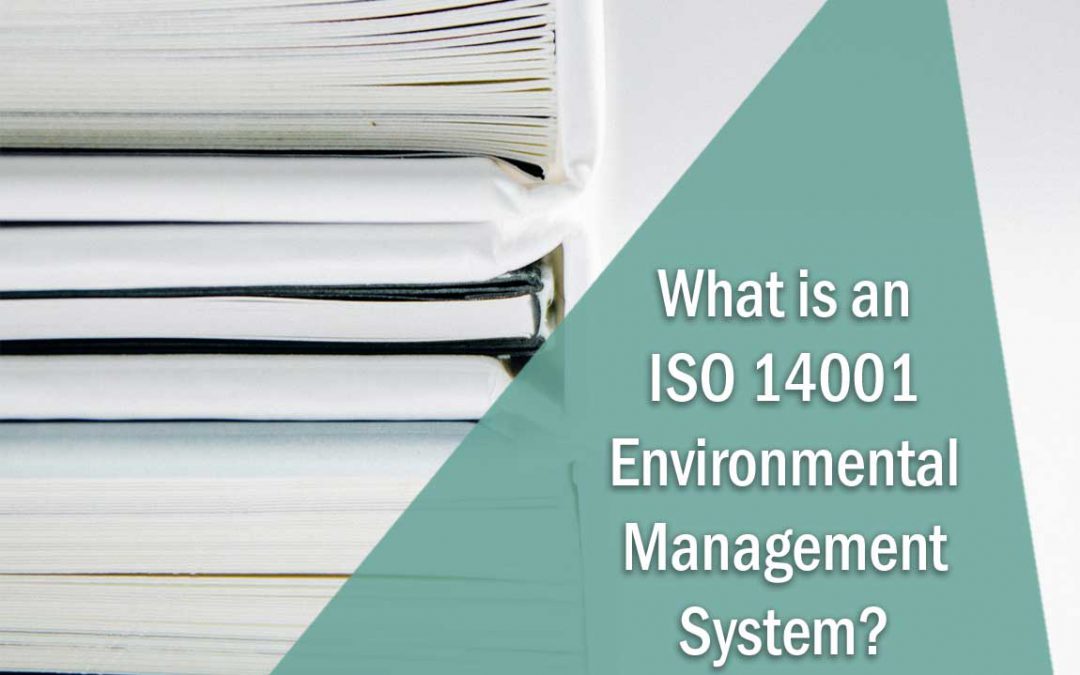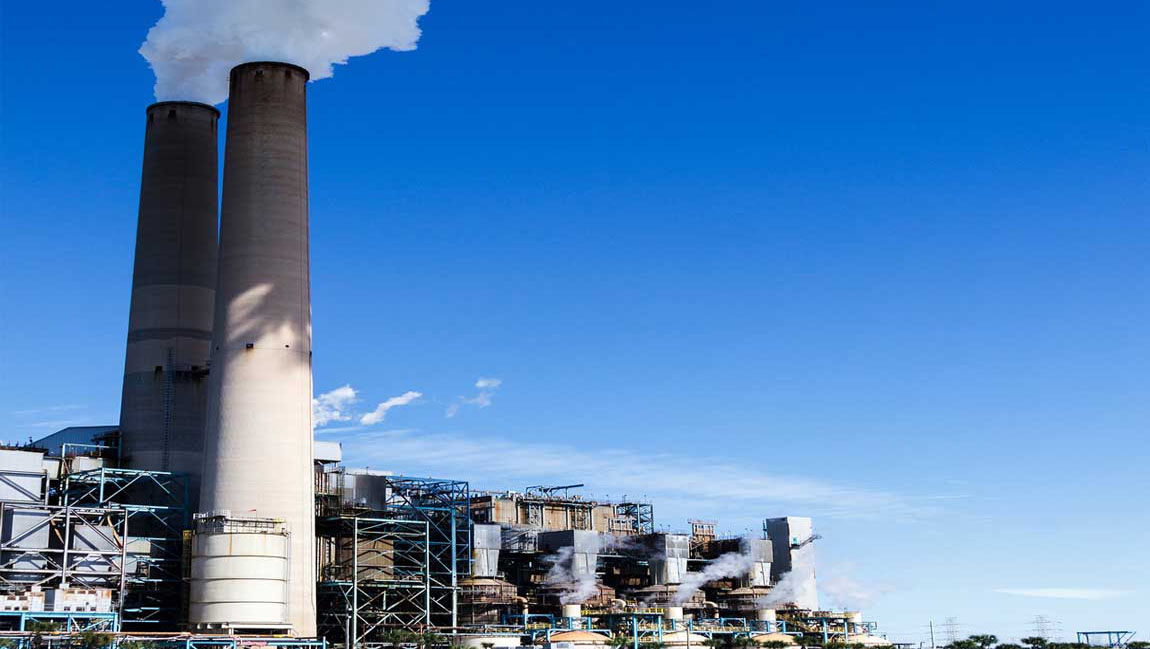The International Organization for Standardization, or ISO, determines internationally agreed upon standards for businesses. ISO standards that end in “001” are management systems. ISO 14001 is for environmental management systems as ISO 9001 is the standard for quality management systems and 45001 is for safety and health management systems.
Standards in the “ISO 14000 family” relate to environmental management. There are actually other standards in the 14000 family such as 14004, 14006 and 14064-1 that complement ISO 14001 or take it a step further.
Who Is Required to Have ISO 14001 Certifications?
ISO 14001 is voluntary; however, many national and international companies are increasingly requiring their suppliers to become certified.
Having the certification signals that your company conforms to pre-approved standards of environmental performance and has procedures in place for compliance and improvement. It also shows your company is committed to certain environmental objectives like waste minimization, pollution prevention and climate change mitigation as well as has perspective on the effects of life cycle and the value chain of a product/service.
What’s the Process for Creating an Environmental Management System?
An ISO 14001 environmental management system (EMS) is all about developing and documenting objectives and processes, implementing them, monitoring and measuring their success, reporting results, maintaining them, then taking actions to continuously improve upon them.
Some of the elements of the EMS include developing procedures for:
- Scope of the EMS
- Leadership and commitment;
- Defining and documenting your environmental policy;
- Organizational roles and responsibilities;
- Identifying risks, threats and opportunities
- Identifying environmental aspects and impacts;
- Establishing environmental objectives and plan for achieving them;
- Resources;
- Competence, training records, skills, experience and qualifications;
- Internal and external communication;
- Document control;
- Operational control;
- Emergency preparedness and response;
- Compliance obligations and evaluation;
- Monitoring and measuring results;
- Internal auditing the EMS and the results from this;
- Management review results;
- Nonconformity and corrective action; and,
- Continual improvement.
How Do You Become Certified?
Once you have your procedures developed, you will need to conduct an internal audit of the procedures. From here, tweaks are made and deficiencies are corrected. An external audit is next, that is, a third-party auditor such as iSi will review your system to verify it complies with the requirements. After the external audit, corrections are made before an ISO certification agency does the final certification audit.
ISO 14001:2015
The most current version of ISO 14001 is 14001:2015. Any company with the original 2004 certification had until September 15, 2018 to upgrade to the newest version. Thus, the 2004 version is now out of date.
As with newer ISO standards such as safety standard 45001, the 2015 revision increases emphasis on commitment from company leadership. ISO is required to be more prominent in an organization’s strategic direction and stakeholder-focused communication is important. Other revisions require proactive initiatives for protecting the environment from harm and degradation and requires companies to consider life cycle, that is, how the entire process from development to end-of-life can affect the environment.
Benefits of an EMS
Even if you are not required to have ISO 14001 certification, developing an environmental management system can be beneficial to your company. Having procedures in place can help improve your overall environmental compliance. It can help give your company personnel a roadmap of how to manage environmental issues, which can be helpful in times of employee turnover. An EMS will help ensure systems are continuously improved and evaluated. In addition, there may be additional cost benefits through pollution prevention, increased efficiencies, consistency, better resource management, and good public relations.





